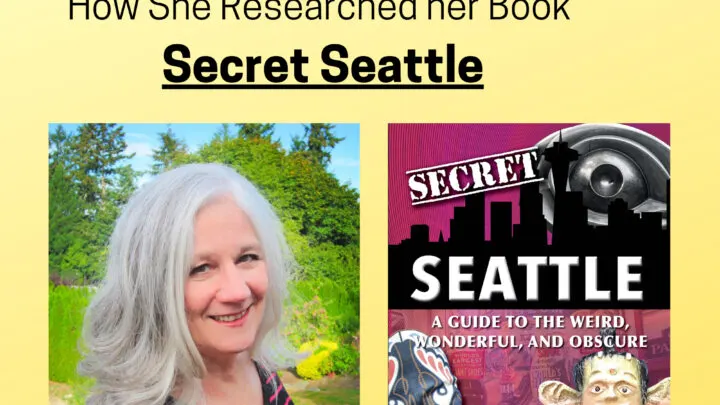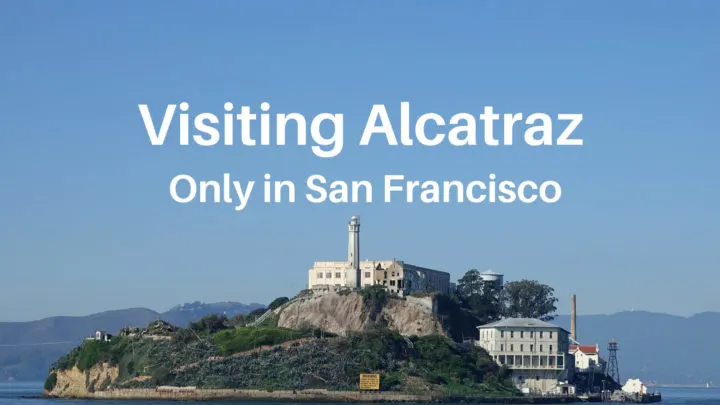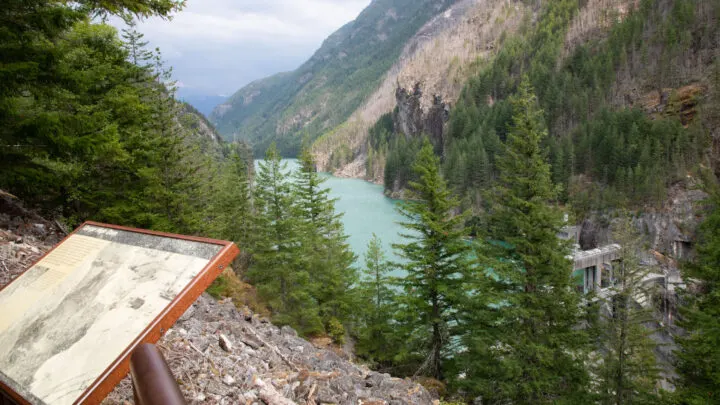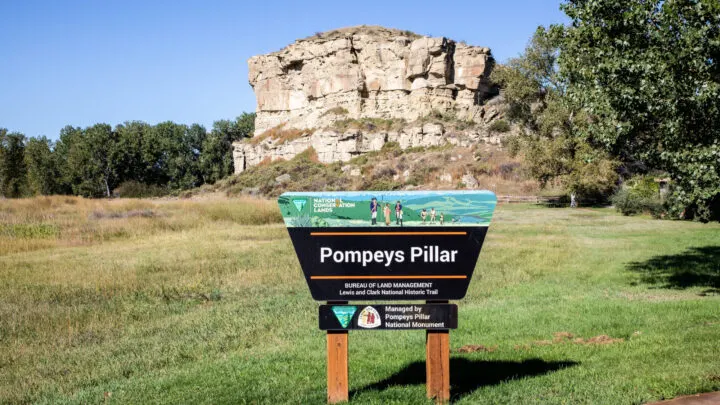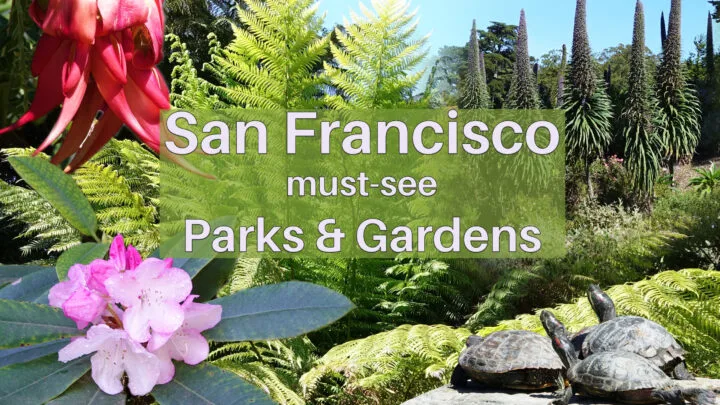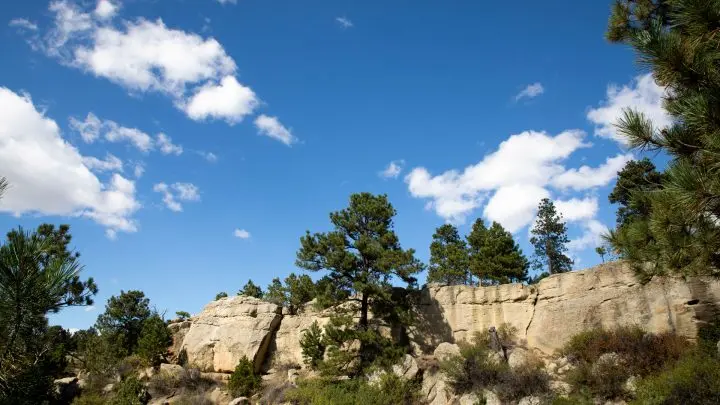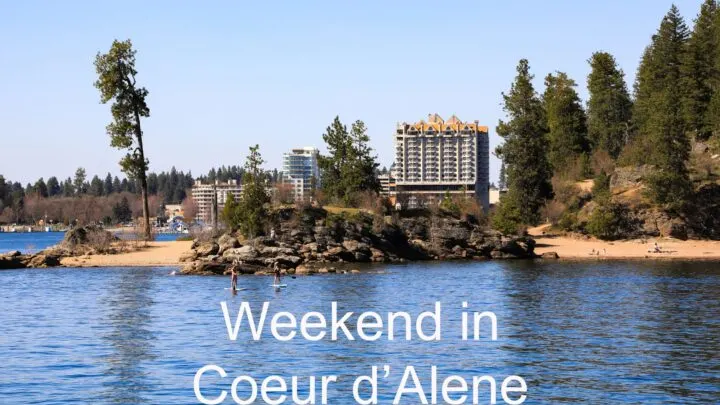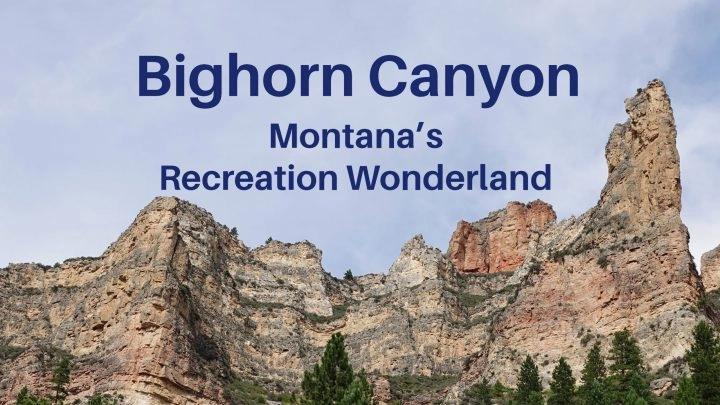Do you enjoy all things science? How about World War II history? The eastern Washington town of Hanford provides two great tours for you, a visit to the B Reactor and a visit to LIGO.
The United States has such an amazing array of never heard of sites that believe it or not, you can visit. One of the places where you can do this is Hanford, Washington. Never heard of it? Neither had we, and the reason is pretty simple. For many years, Hanford was a secret city that refined plutonium and even built an atomic bomb. Who knew?
Today you can visit that secret site which was part of the Manhattan Project, one of the many national parks in the US. Additionally, on the Hanford Site, you can visit a newer project called LIGO, a high-tech observatory searching the cosmos for gravitational waves. If you or your kids love science museums, you’ll really enjoy LIGO.
Ginny, Jim, and I took a trip to Hanford, as part of our Tri-Cities road trip, and were blown away with what we found out. Not only were we surprised by these two Hanford tours, but boy, did we learn a lot!
In this article:
- Visit the Manhattan Project National Historical Park
- B Reactor Tour
- Hanford Visitor Center
- What is LIGO?
- How does LIGO work?
- How to Get to Hanford

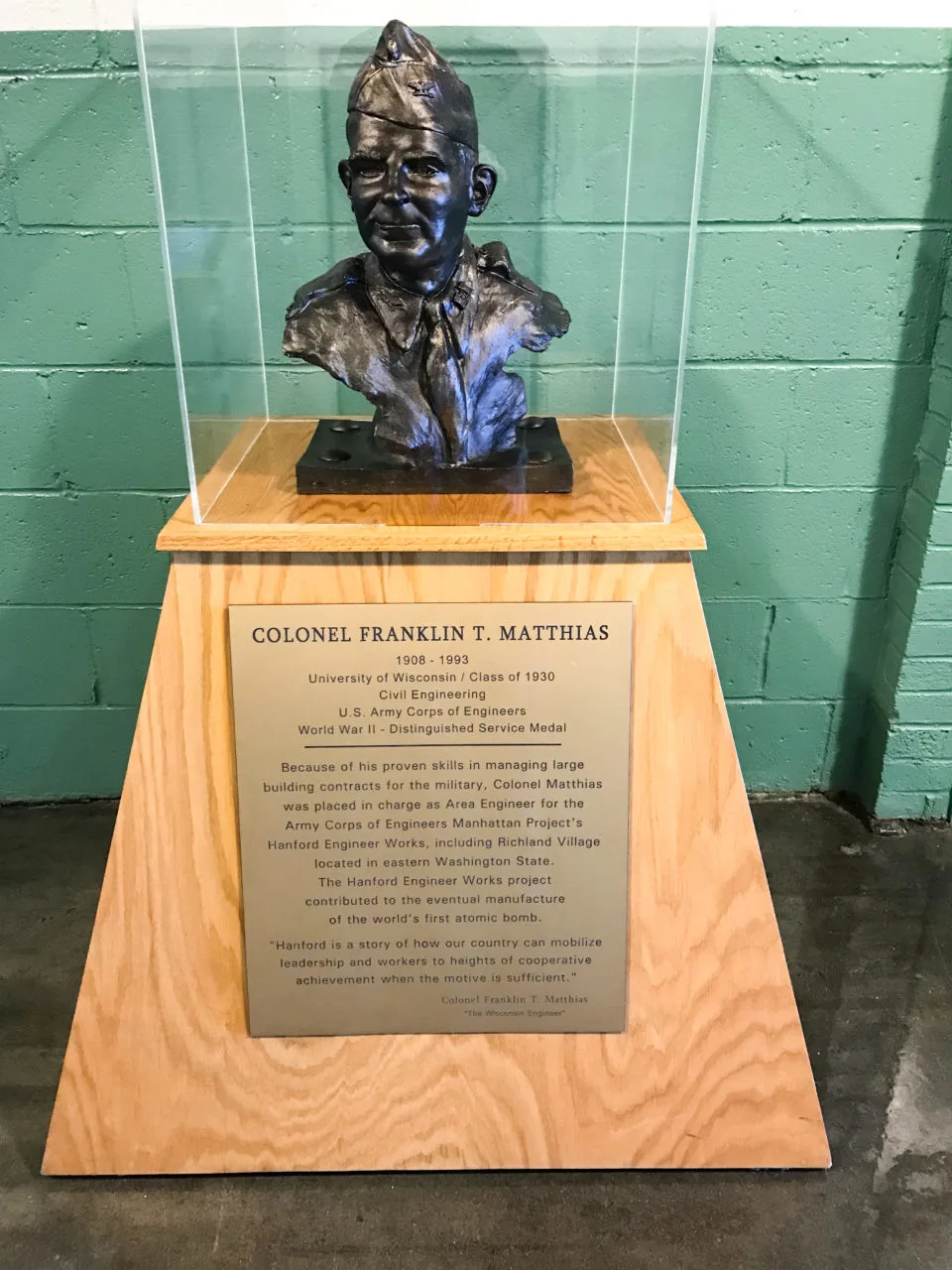
Visiting the Manhattan Project National Historical Park
The Manhattan Project was started by the US Government in 1942. The purpose was to build the world’s first atomic bombs and use them to bring an end to World War II. Three parts of the country were involved in the highly secretive Manhattan Project, and now the three locations make up Manhattan Project National Historical Park.
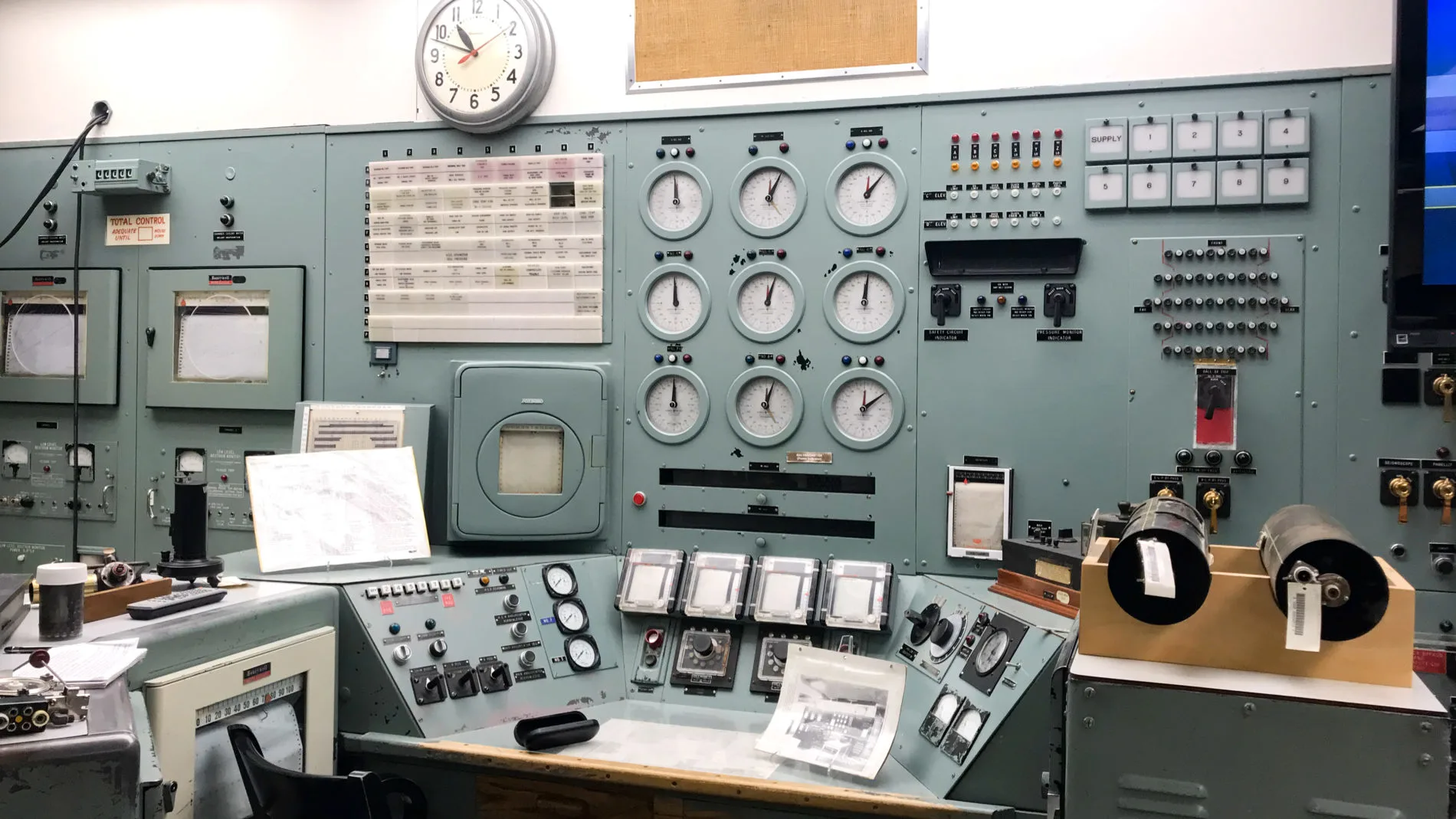
The Manhattan Project locations in the National Historical Park are Oak Ridge, Tennessee; Hanford, Washington; and Los Alamos, New Mexico. Oak Ridge enriched the uranium, Hanford made the plutonium, and Los Alamos built and the tested bombs.
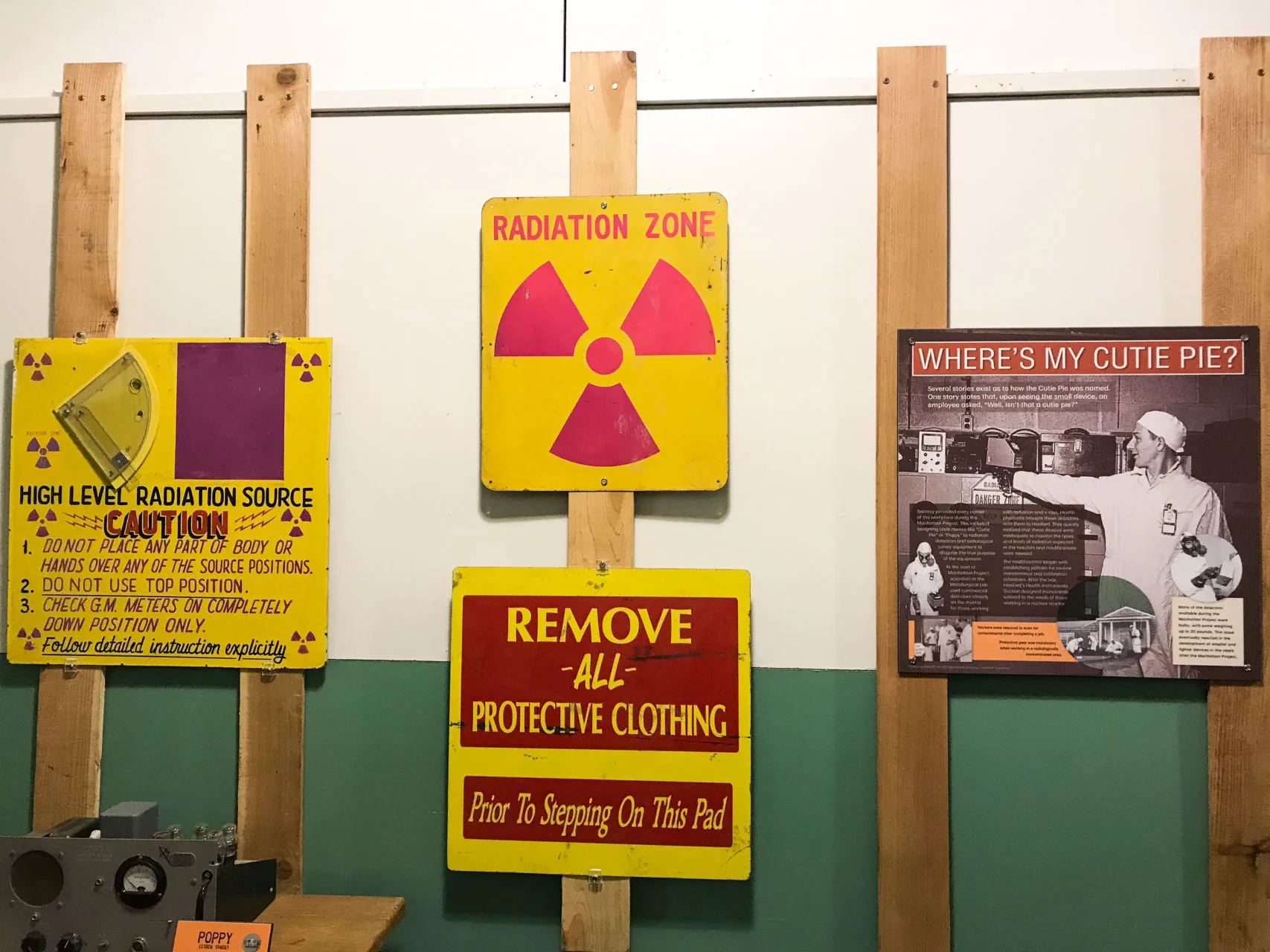
It’s difficult and dangerous work to make plutonium. It requires using uranium and it takes lots of water to cool the reactor. Hanford was chosen for the reactor site because it was remote, sparsely populated, and located next to the Columbia River. The B Reactor in Hanford was the first to make plutonium, and the plutonium it made was used in the first atomic bombs.
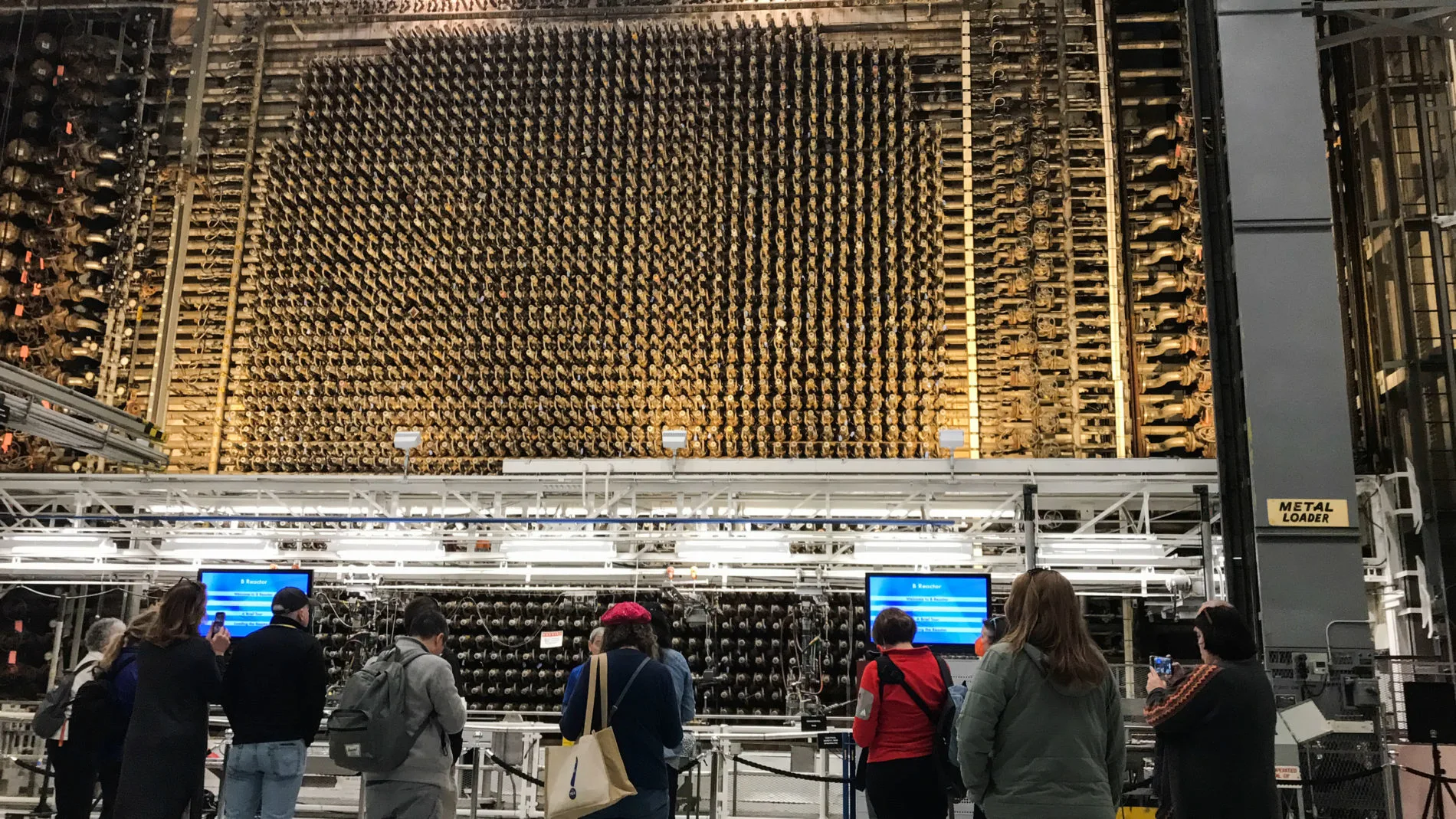
B Reactor Tour
The Dept. of Energy as well as the National Park Service partner to keep this former Top Secret site available to the public. However, as far as national parks go, this one comes with a lot more rules than usual.
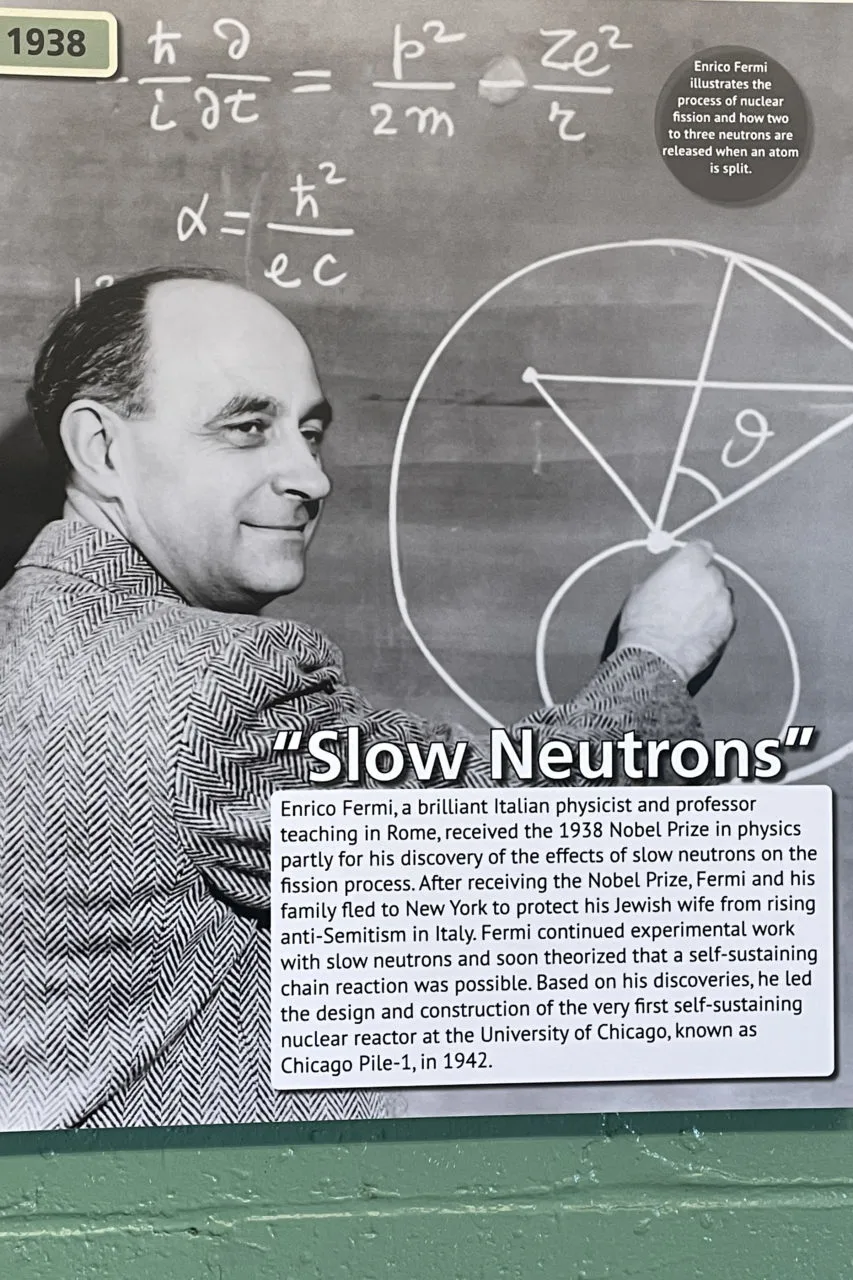
The B Reactor Tour is not really designed for younger children. Really, the kids won’t get much out of it unless they are at least 12 years of age. The concepts of refining the plutonium, as well as the ethical and historical context of the site, make it controversial as well as difficult to understand.
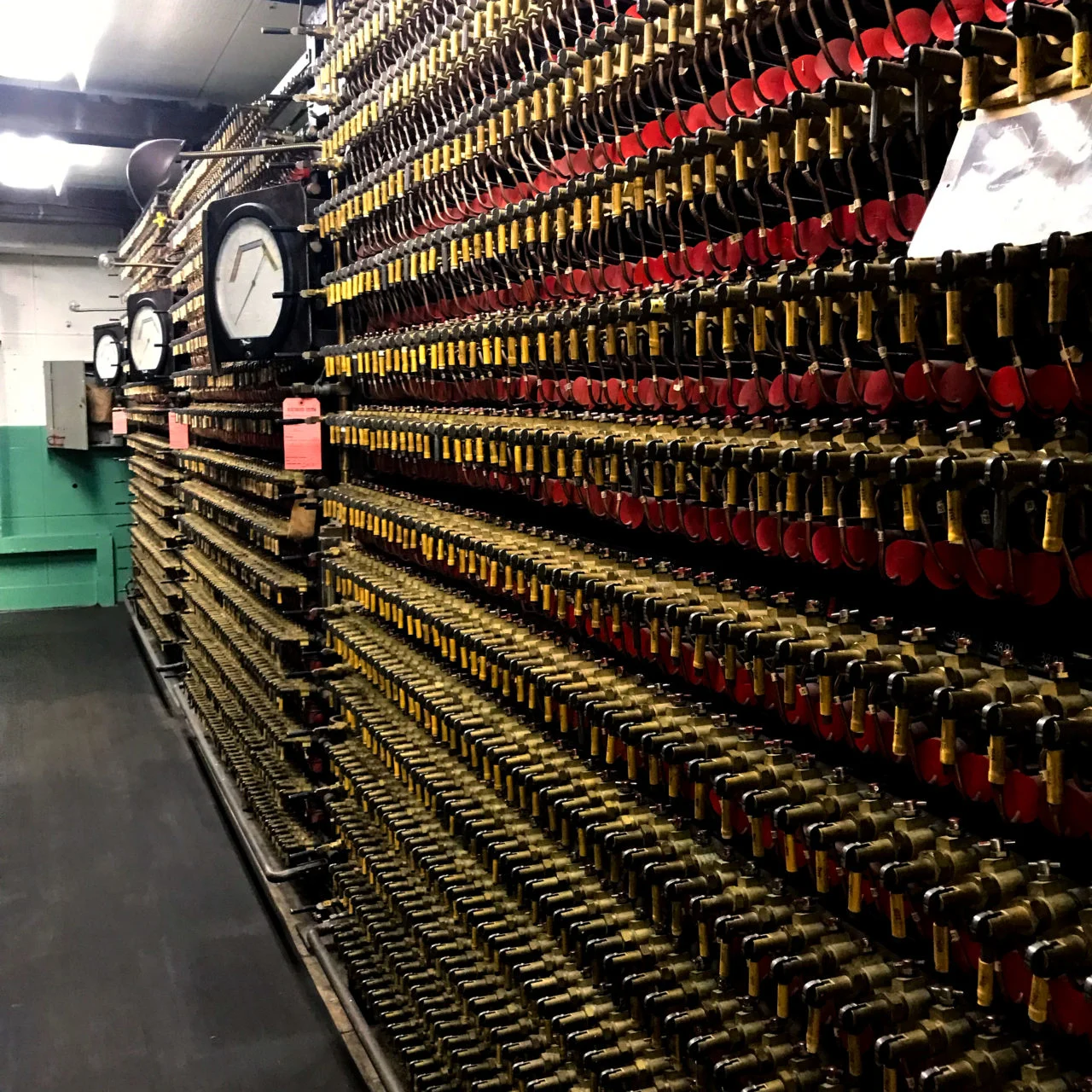
What to Expect on the Hanford B Reactor Tour
The B Reactor tour takes 4-hours, including the roundtrip bus ride between the Hanford Visitor Center and the B Reactor. It’s a remarkable tour and well worth the time:
- It’s absolutely free. All you need to do is book the tour in advance and get to the Hanford Visitor Center in Richland, Washington at the designated date and time.
- The docents are great. They’re dedicated and know their stuff. The talks are broken into short 10-minute segments, so you can listen to a talk, then wander through the site at your own pace, and then join another talk.
- There is so much to see and so much to learn. The signage and interactive displays are interesting and informative, and there are lots of historical photos on the walls. Volunteers are scattered throughout the site to answer questions and give directions.
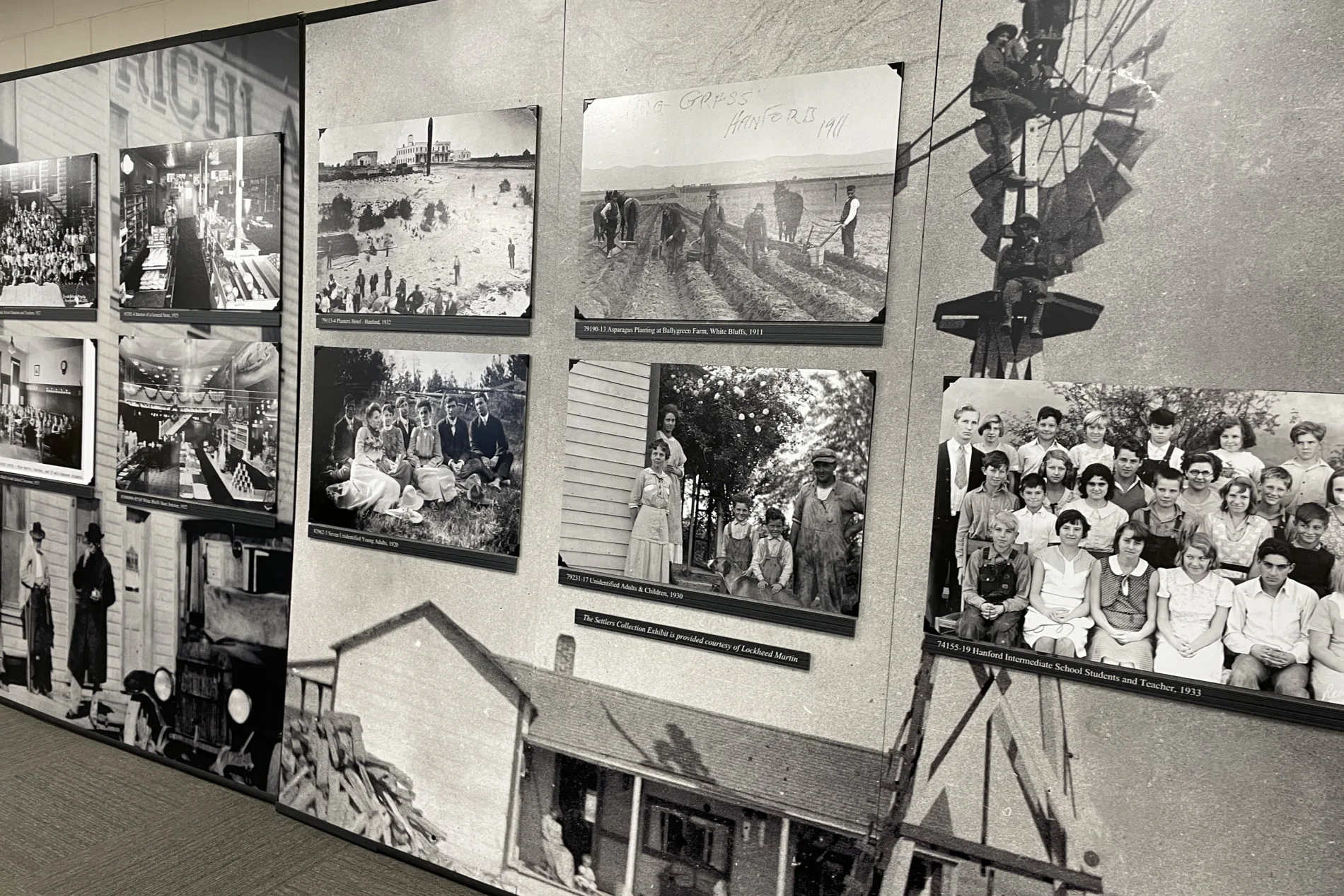
Hanford Visitor Center
The Manhattan Project B Reactor Tour begins at the Hanford Visitor Center. The Visitor Center has parking, restrooms, and exhibits. After a brief orientation, you board a bus for the 45-minute trip to the B Reactor in Hanford.
Essential Details
Reservations: The tour is free, but you need to book in advance (Tour dates and sign up here).
Total Time: 4-hours (Visitor Center introduction, 45-minute bus ride each way, 2-hours at B Reactor)
Location: Hanford Visitor Center, 2000 Logston Blvd., Richland WA 99354
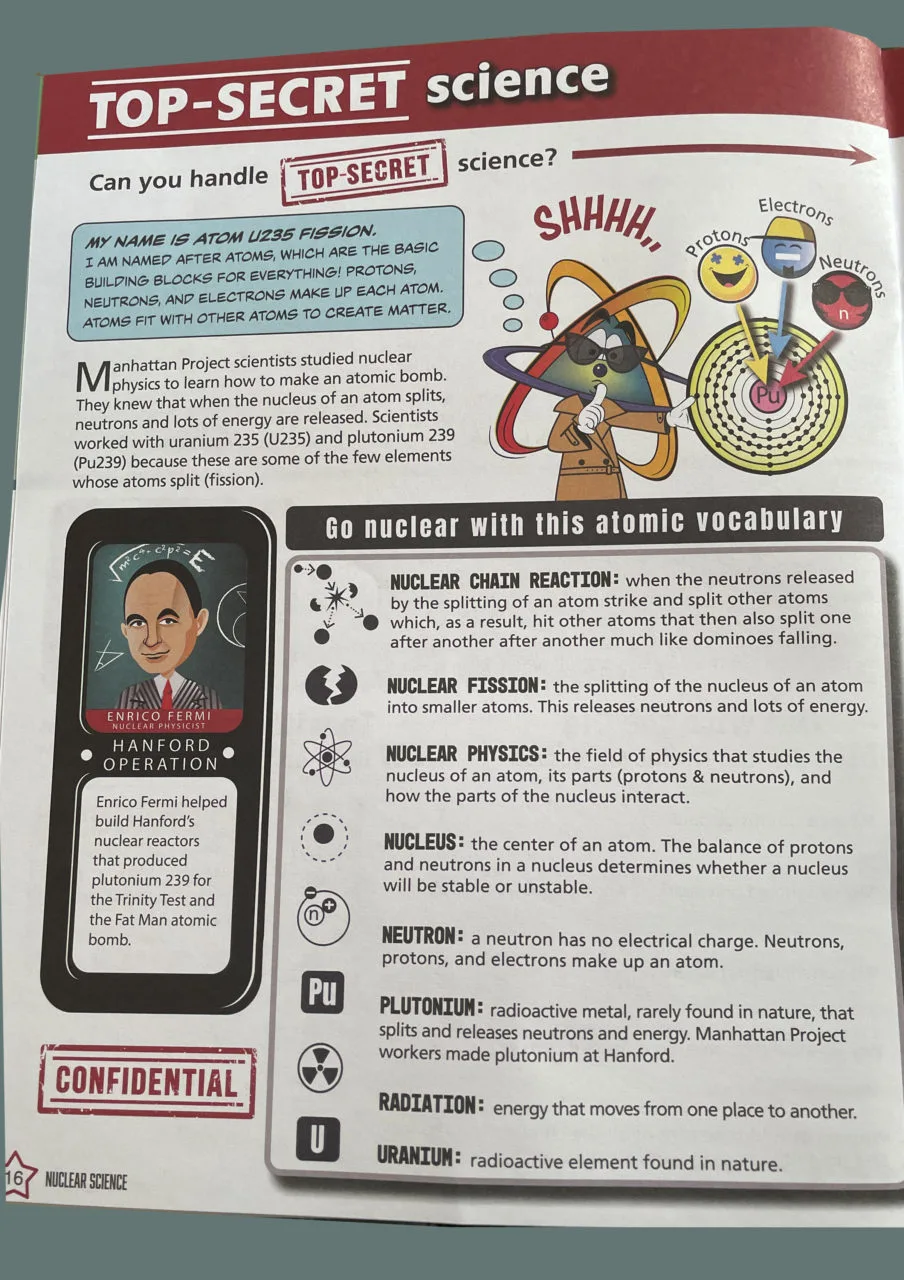
National Park Service Junior Ranger Program Booklet
The Hanford Visitor Center also has Junior Ranger Booklets for the Manhattan Project. They are a fun and interesting way for children to learn and explore. The 23-page booklet is packed with activities and short lessons about the native peoples who lived here, water, farming, why and how the Manhattan Project started, the people who worked there, and even a quick lesson in nuclear science. It touches on the long-term effects that the Manhattan Project is responsible for to help children see that there are always positive and negative effects to an action.
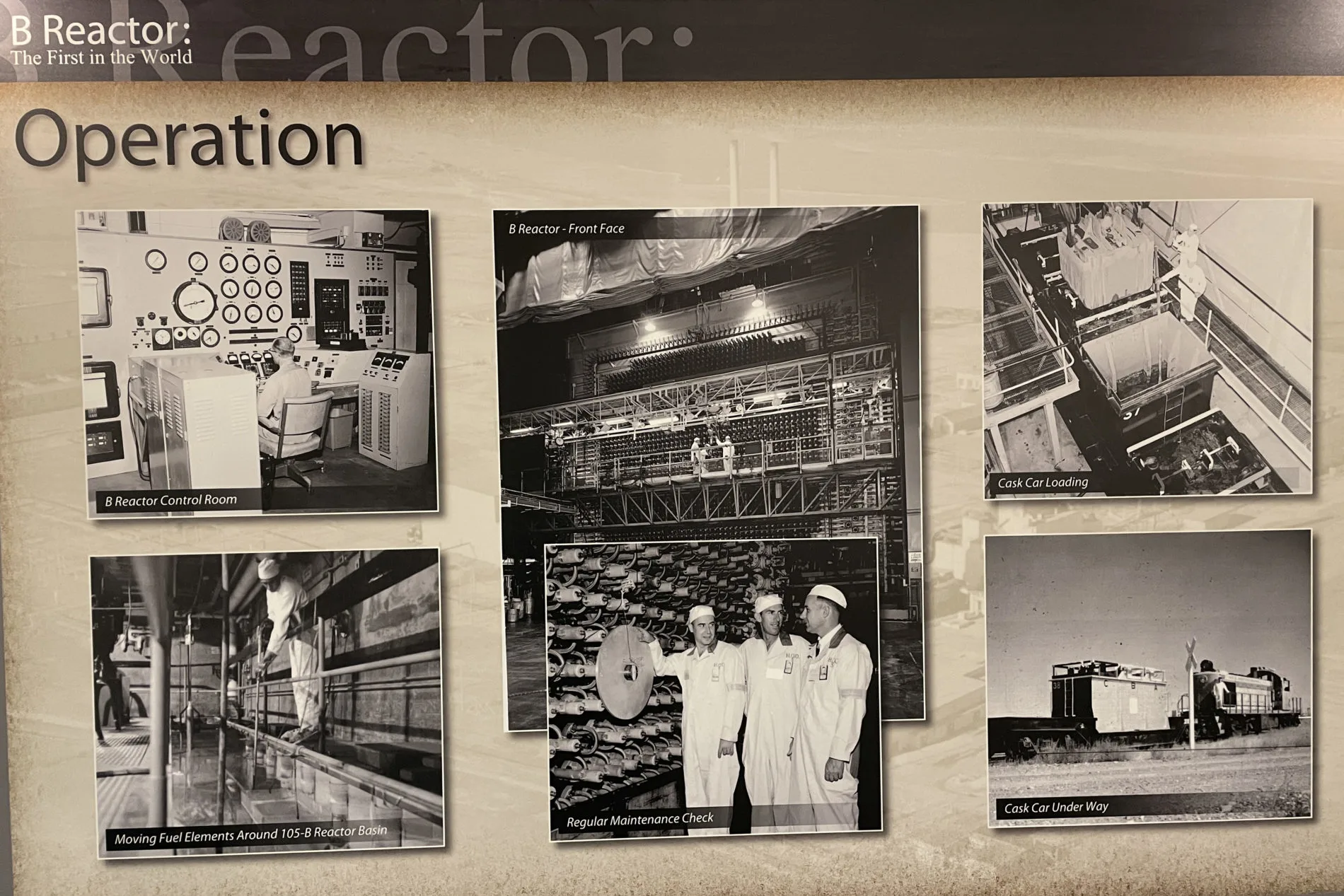
Bus Trip from the Visitor Center to the B Reactor
Enroute to the reactor, a docent will brief you on what to expect at the reactor site and also talks about the area you pass through along the way:
- Rattlesnake Mountain: The biggest feature in the area is Rattlesnake Mountain, a 3,531 ft windswept treeless ridge. On our trip in April, it had streaky patches of fresh snow.
- Herds of Elk: We saw two herds way off in the distance.
- Sagebrush, Tumbleweeds, and Rocky Soil: The rocky soil is an ice age gift from Montana known as the Missoula Floods. As the glaciers melted at the end of the last ice age, the melt water collected in enormous lakes and periodically broke through ice dams sending torrents of water, soil, and rocks across Eastern Washington.
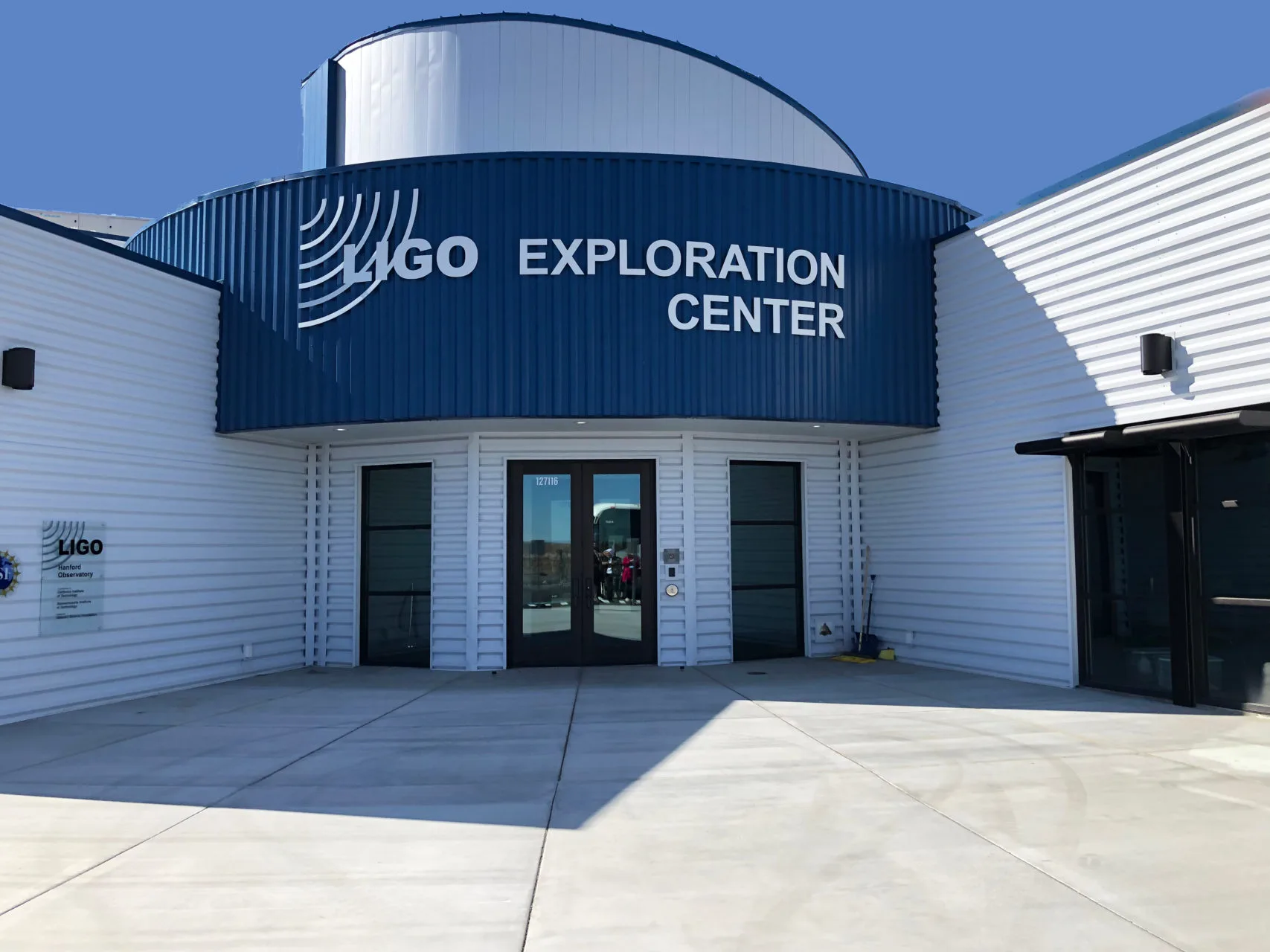
What is LIGO?
Another site on the Hanford reservation, well worth the stop, is the Laser Interferometer Gravitational-wave Observatory (LIGO for short). One thing to keep in mind, however, is that LIGO is not part of the Manhattan Project National Park, even though it might seem just as strange and mysterious. In fact, it’s primary mission is to detect gravitational waves, or ripples in space-time.
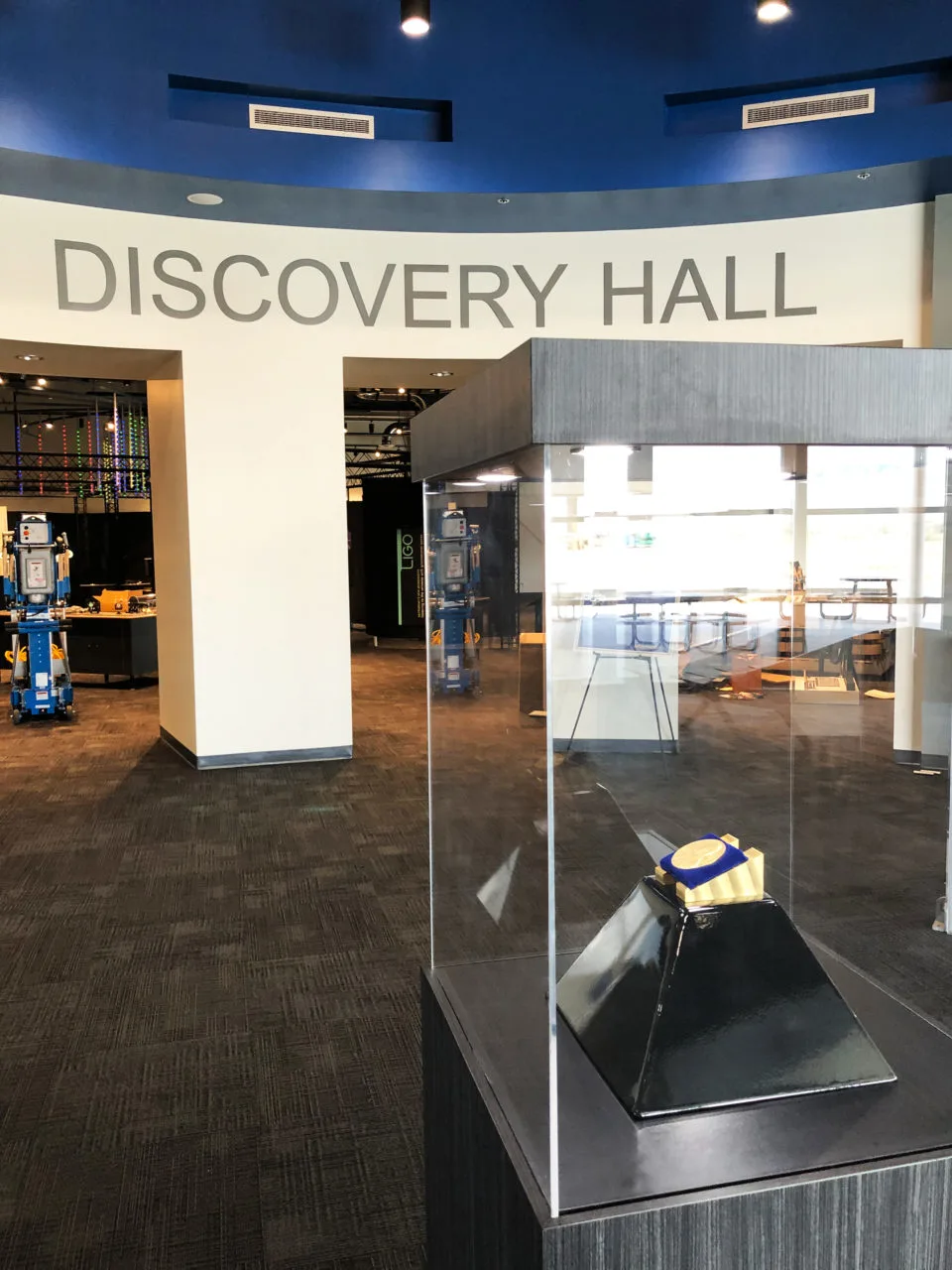
Sounds like something from Star Trek or some other SciFi movie, right? Well, the science behind it is pretty cool. Einstein predicted the existence of gravitational waves back in 1916 with his general theory of relativity, but no one knew how to prove there existence outside of mathematical reasoning that relied on the theory as proof.
Enter Rainer Weiss. As an MIT associate professor in 1972, he was trying to come up with a better way to explain gravitational waves to his students and in the process came up with an idea to measure those waves. Of course, it took several years, many more people and some incredible engineering feats before his initial idea became the LIGO that sits in the desert outside of Tri-Cities in Eastern Washington. And, for the record, there is an equally impressive second observatory 3,000 km away in Louisiana.
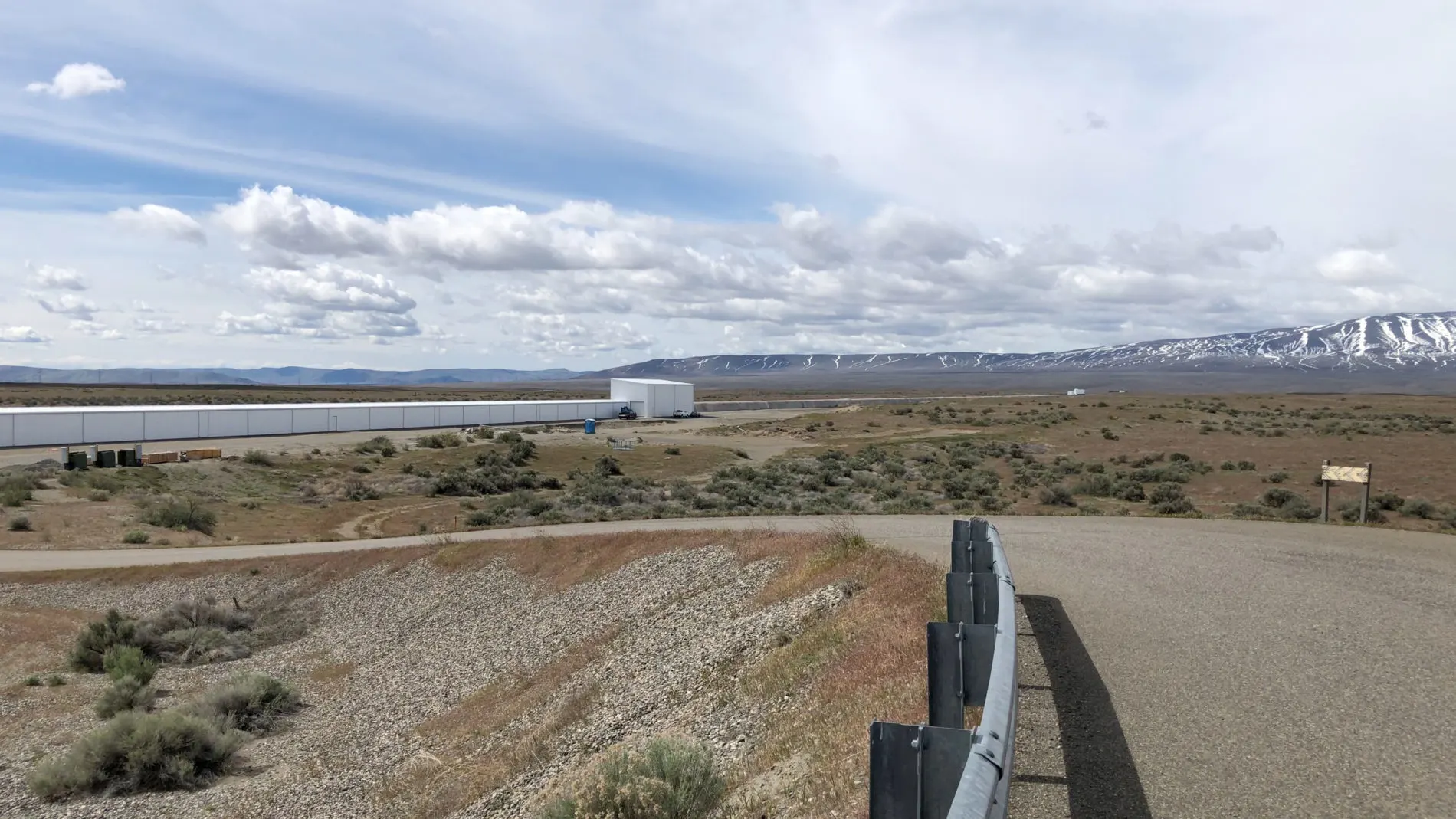
How Does LIGO Work?
LIGO uses a pair of perpendicular, kilometers long lasers at both observatories to sense the gravitational waves. As a wave passes through the laser beams it distorts them, changing the amount of time needed for the beams to reach the detector. Of course, there is a ton of science and engineering that goes into this process; especially since these vibrations are miniscule, about 1/10,000 the width of a proton.
The proof, as they say, is in the pudding, and the observatory had its first big discovery shortly after going operational after a major upgrade in 2015 when it sensed the gravitational waves emitted by colliding black holes. Since then it has detected more merging black holes, colliding neutron stars and one “mystery object.”
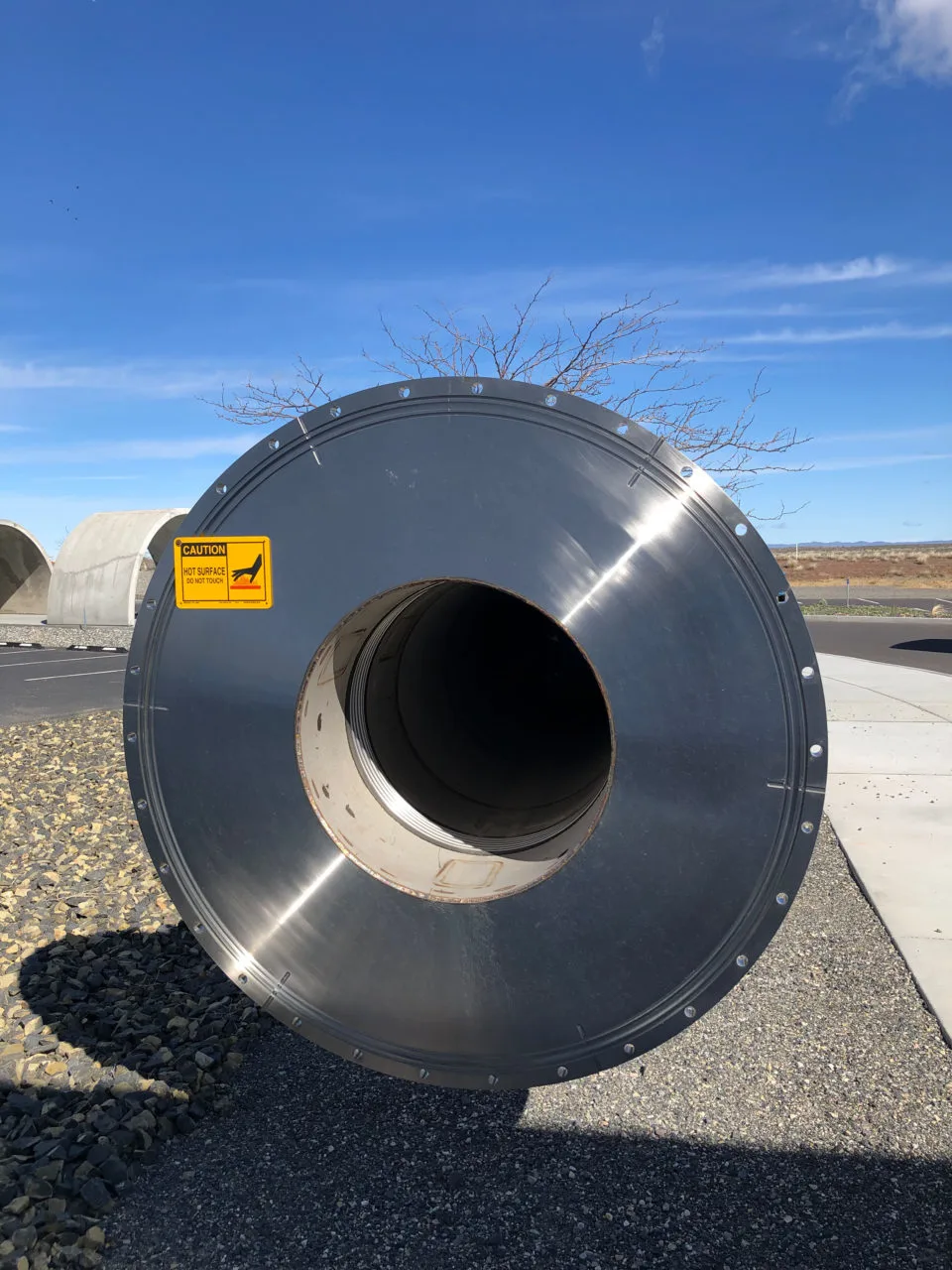
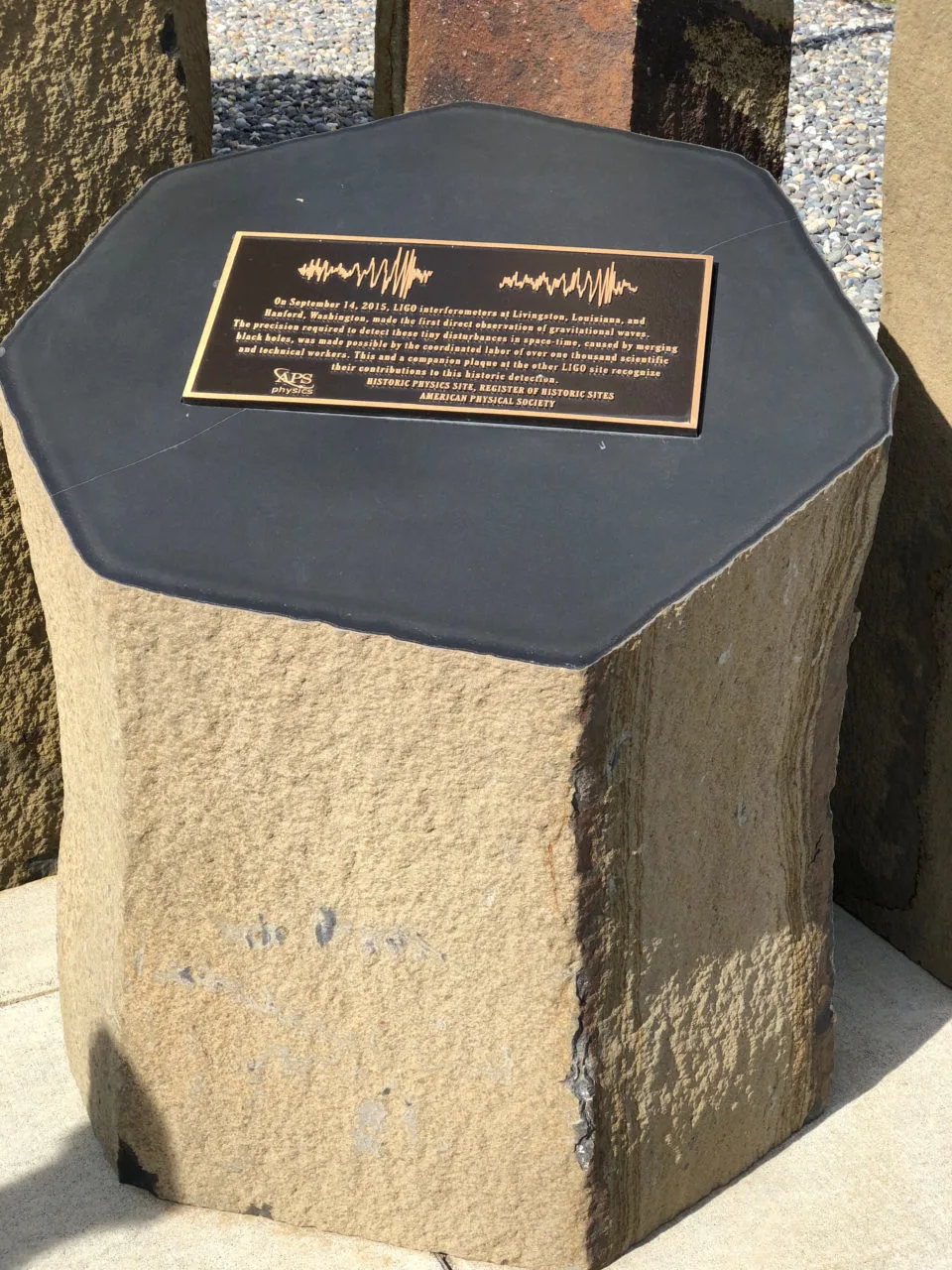
What to Expect on the Hanford LIGO tour
The Hanford LIGO site took advantage of the closures caused for the pandemic to make some big upgrades in their visitor’s center. The new center is a showpiece for the sight with hands on exhibits and displays detailing the engineering and scientific triumphs made here. Drop-in visitors are welcome Tuesday-Friday, from 09:30am til 4:00pm.
Tours of the center take place on the second Saturday of the month. During the tour, visitors get a chance to see the long enclosures housing the lasers as well as a visit to the control room where they can see the operation of the observatory and talk with the scientists. Check the LIGO website for exact hours and ticket reservations.
How to Get to Hanford
Not surprisingly, Hanford was created in an area of the US that is rural and relatively difficult to get to. The government wanted to keep it secret, for obvious reasons. However, today it’s much easier to find your way there to visit these enlightening sites.
By Air: The closest airport to Richland, where the B Reactor starts is the Tri-Cities Airport located in Pasco, WA. It’s a small airport, but many major airlines fly through there and is an excellent way to get to the area. Once in Eastern Washington, though, you probably will want to rent a car.
By Train: As the railroad was the major entry into the old site of Hanford, it is still available to Richland or Pasco today. Amtrak will get you there if you are interested in taking the train. The prettiest ride would be from Portland, along the Columbia River and will take you about 5.5 hours. Again, once there, you’ll probably want to rent a car. The area is pretty widespread.
By Car: Richland, your starting point, is located off of Interstate 82 and Route 12. Here are some driving times if you are interested in driving your own car.
Seattle, WA – about 200 miles/ 3.25 hours
Portland, OR – about 225 miles/ 3.5 hours
Spokane, WA – about 144 miles/ 2 hours
Boise, ID – about 300 miles/ 4.5 hours
Where to Stay near Hanford
Depending on the other things you want to do in the area, there are some great spots to find accommodations. We stayed in Kennewick at the Comfort Suites, which had great parking and was near many restaurants.
Another place I recommend staying is in Prosser. We loved doing wine tasting there and would stay at the Inn at Horse Heaven.
Other Things to Do in Washington and Idaho
- Check out Prosser Wine, WA
- Drive the Cascade Loop, WA
- Visit San Juan Island, WA
- Visit Coeur d’Alene, ID
Conclusion
Ginny, Jim, and I were so pleased to find out about these amazing things to do in Eastern Washington. We enjoyed reading and learning about the super-secret government site of the B Reactor as well as the amazing leaps of science that allows the LIGO to exist. It’s well worth a trip to take these two amazing Hanford tours.
We also want to thank TBEX and Visit Tri-Cities for sponsoring us on these educational tours.
Author Bio – Corinne is an avid camper and traveler. She’s been to all 50 of the US states and has four more Canadian provinces to visit. However, she’s not stopping yet. There’s always more to see of this great continent! Corinne loves local foods, getting outdoors, landscape photography, and road trips.

